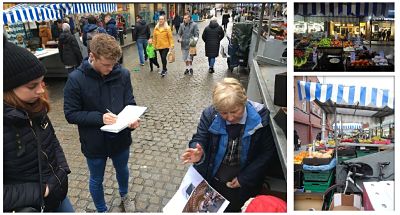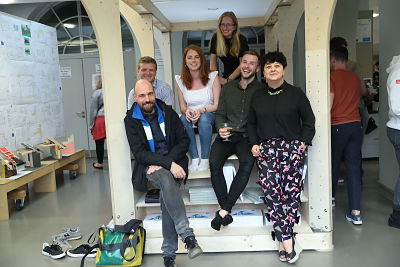Moore Street 2019
The setting for the last days and hours of the 1916 Easter Rising, a recognized battlefield site and location of statutorily protected National Monuments, Moore Street is an historically significant site in Dublin. Coupled with this it has a rich and important social history, with a Street Market tradition that has been in place since the 18th century. For the last few decades the street and broader area in North Dublin city centre/O’Connell Street have suffered from underdevelopment due to changing economic and political contexts, complicated property ownership issues and the inherent challenge of dealing with a site with its rich and complex history. It is inevitable that consensus on the future of the area would be hard won.

The future of the area is interlinked with the future of a large city development area on O’Connell Street. This land has changed hands a number of times and development proposals have been subject to a number of legal challenges due to the potential impact on Moore Street itself. The Moore Street Advisory Group (MSAG) is a government appointed group, representing all the stakeholders in the area from public bodies, property owners, street traders and relatives of the men and women of the 1916 Rising. The remit of the group is to reach a shared vision for Moore Street, a ‘Framework of consensus secured on alternative development arrangements for Moore Street and its lanes’ (Securing History report 2017).
Over the academic session 2018/19 DSA fourth year students were invited by the MSAG to work alongside the group on a number of research and design projects. These projects sought to develop ideas for the future of the National Monuments and the Moore Street Market. The project findings were presented to the members of the MSAG at a symposium in May 2019.
- Moore Street National Monuments Student Project
- Moore Street Market & Public Realm DSA Student Report
- 'Moore Than a Stall'

The TU Dublin School of Architecture wish to thank the Moore Street Advisory Group, the Moore Street Traders, the Office of Public Works (OPW) and the Department of Culture, Heritage and the Gaeltacht for their support in this project.
